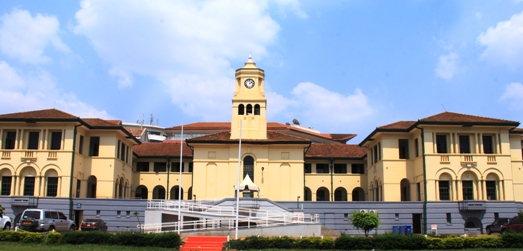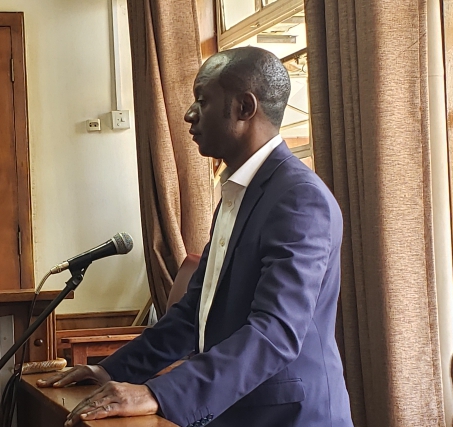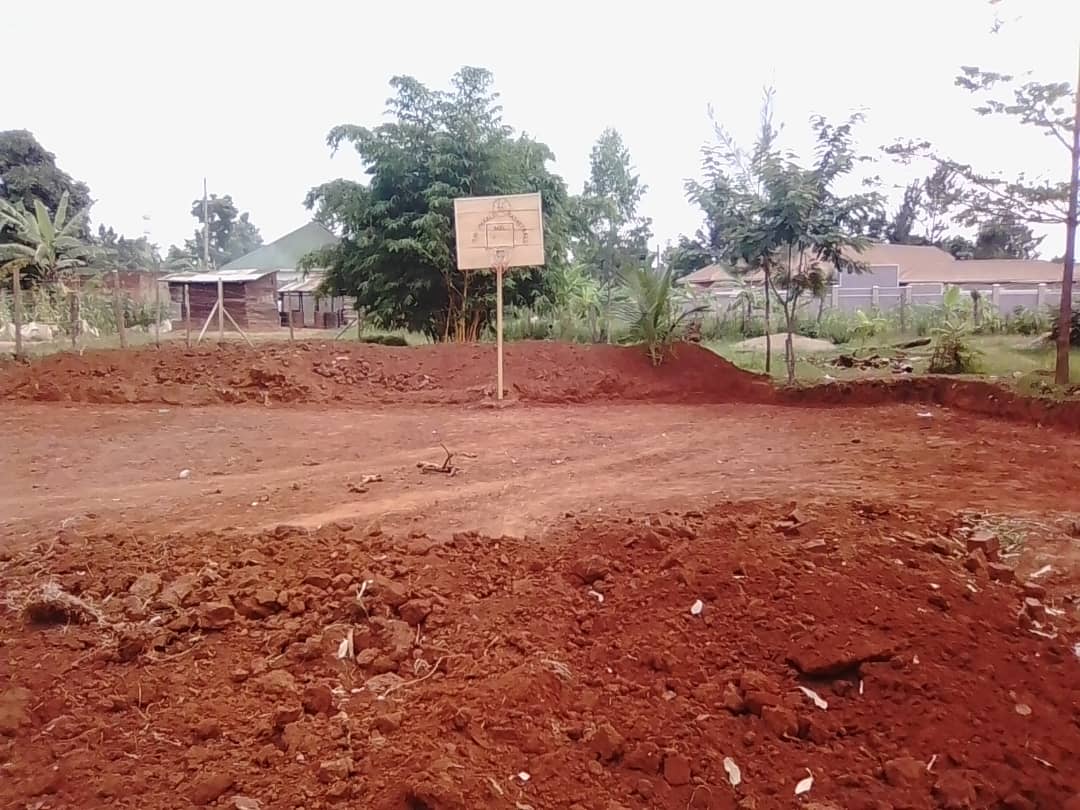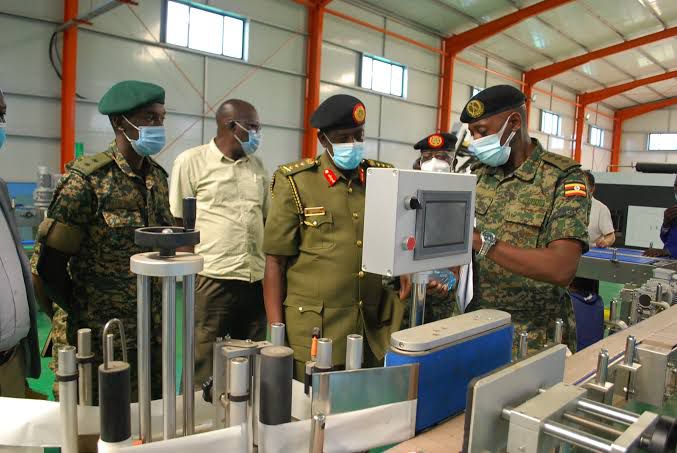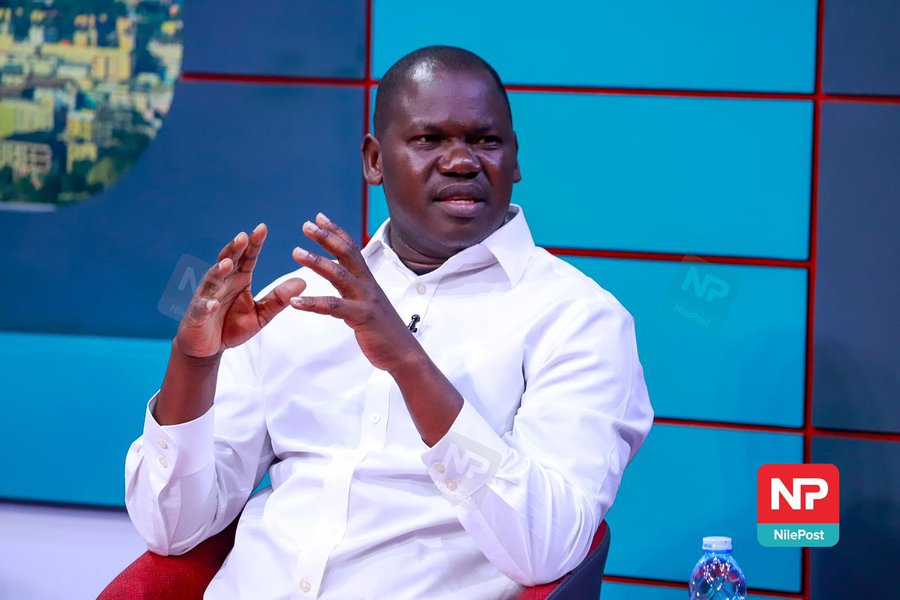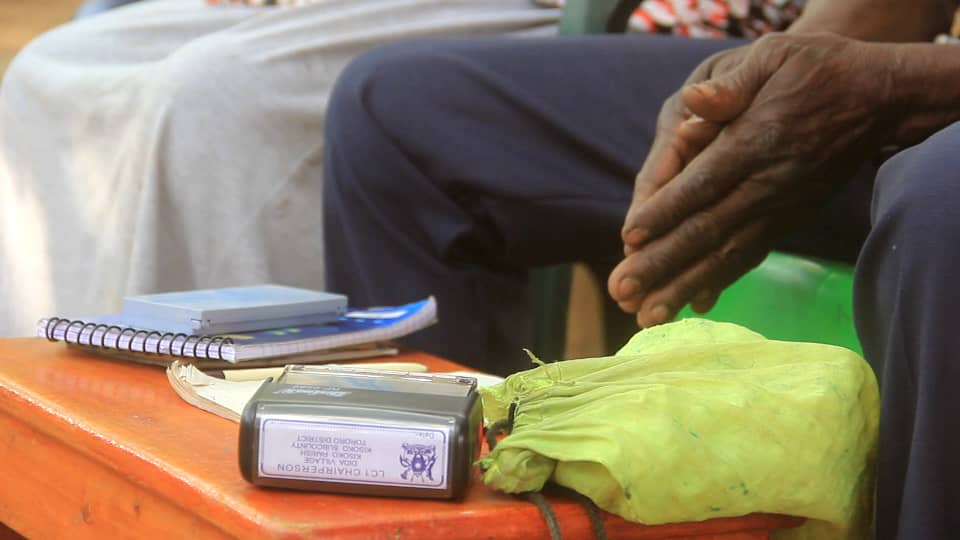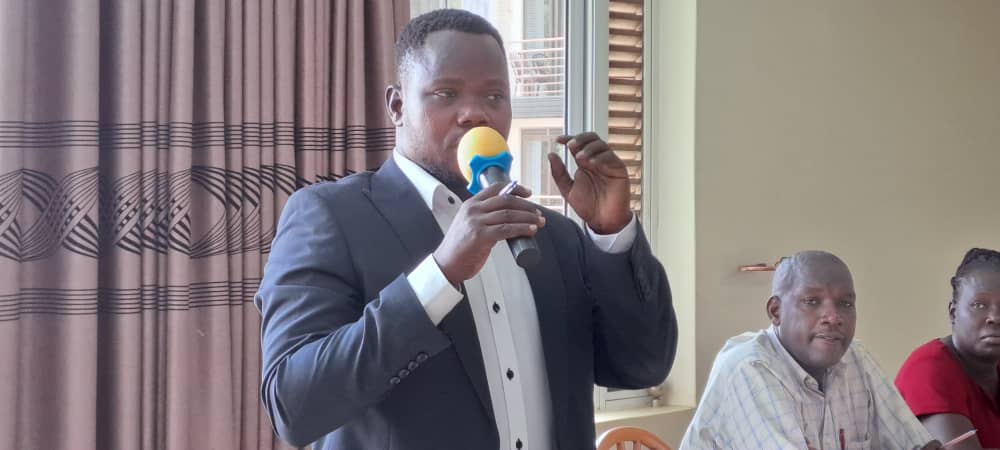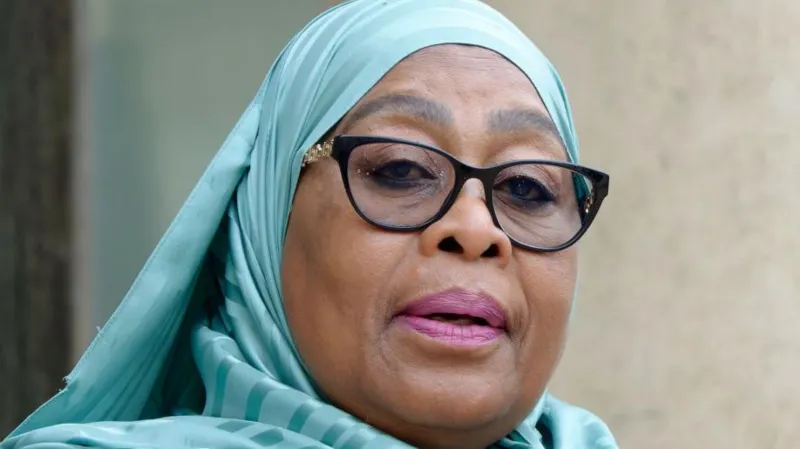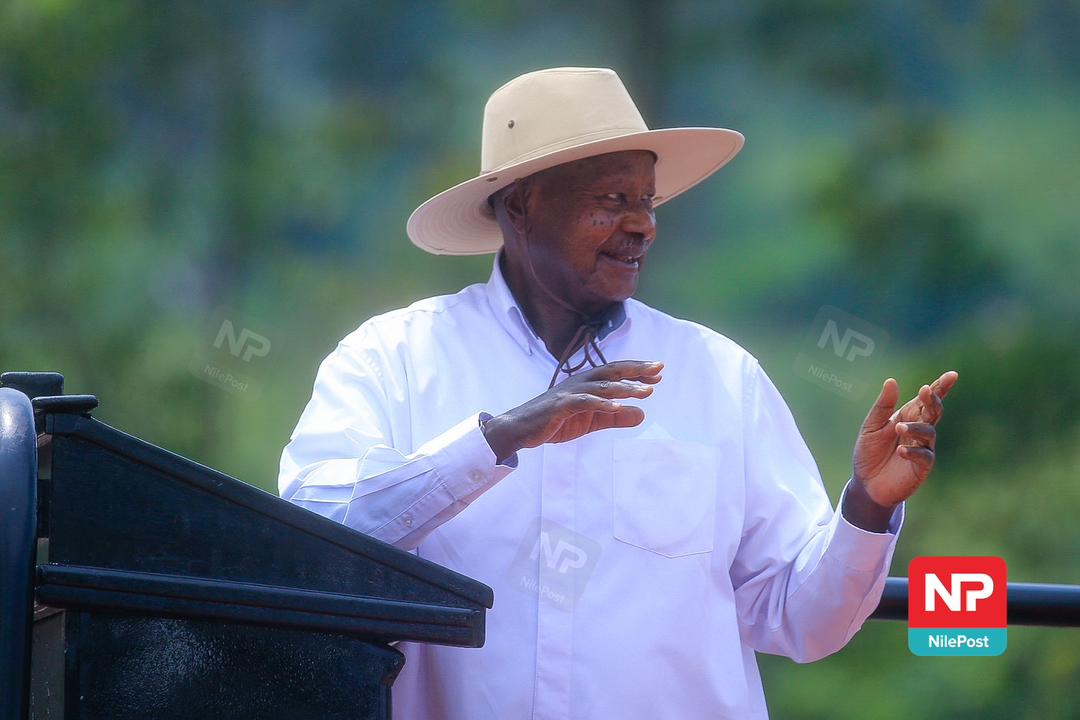Power Struggles: Uganda's Uneven Electricity Distribution

Despite Uganda's substantial investment in hydroelectric power generation, the country continues to grapple with significant disparities in electricity distribution. While urban areas like Kampala enjoy a relatively stable power supply, many rural regions remain in the dark, with little to no access to electricity.
Uganda boasts several major hydroelectric dams, including the Nalubaale, Kiira, and the recently completed Isimba and Karuma dams. Together, these facilities can generate over 1,000 megawatts of electricity, theoretically more than sufficient to meet the nation's demand. However, the reality on the ground tells a different story.
Keep Reading
One of the primary reasons for the uneven distribution of power is the inadequate and ageing transmission infrastructure. Much of Uganda's power grid was established decades ago and has not kept pace with the growing population and increased demand for electricity. According to the Uganda Electricity Transmission Company Limited (UETCL), outdated transmission lines and transformers result in significant power losses during distribution. It is estimated that up to 20% of generated power is lost due to technical inefficiencies.
Uganda's diverse geography presents additional challenges. Remote and rural areas are often located far from the main power grid, making it costly and technically challenging to extend reliable electricity services. The rugged terrain and dispersed settlements increase the complexity and expense of expanding the grid.
Financial limitations further exacerbate the issue. While there have been substantial investments in power generation, there has been insufficient funding allocated for the expansion and maintenance of the transmission and distribution network. The high costs associated with extending the grid to remote areas are often seen as prohibitive, leading to a focus on more densely populated urban centres.
Policy inconsistencies and management inefficiencies also play a role. The power sector in Uganda has seen numerous reforms and restructuring efforts, but challenges persist. There is often a disconnect between the planning and implementation phases of power projects. Furthermore, bureaucratic red tape and corruption have sometimes hampered the effective deployment of resources and the completion of infrastructure projects.
In response to these challenges, the Ugandan government, along with international partners, has launched several initiatives aimed at improving power distribution. The Rural Electrification Agency (REA) has been working to increase the electrification rate in rural areas through various projects. Additionally, efforts are being made to upgrade existing infrastructure and reduce technical losses.






